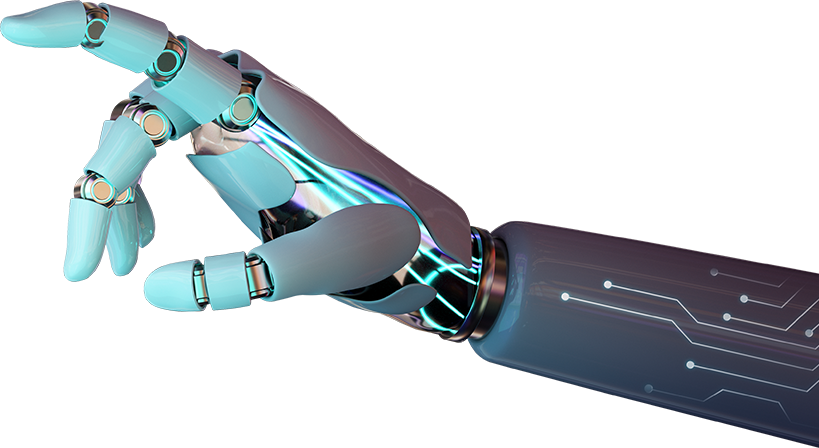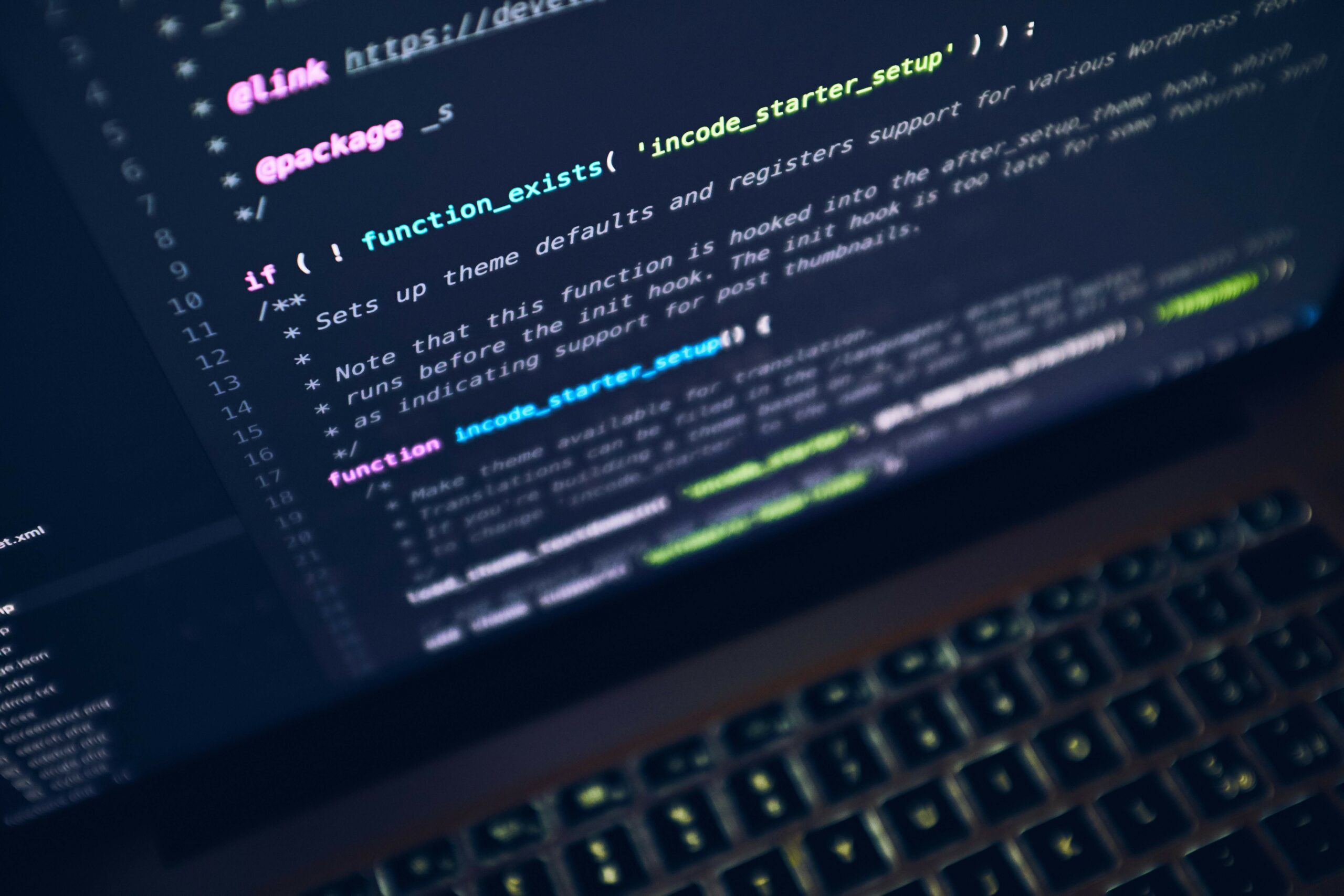Unlock the power of machine learning and revolutionise your tech skills. Dive into advanced AI techniques and learn how to transform your understanding of cutting-edge technology. Whether you’re building smarter systems or developing innovative solutions, mastering these skills will set you apart. Get ready to explore the fascinating world of object detection training and enhance your expertise today.
Table of contents
ToggleUnderstanding object detection training
Object detection training involves teaching a machine to recognise and classify objects within images or videos. It combines elements of computer vision and deep learning to achieve this task. Key concepts include bounding boxes, feature extraction, and classification layers. Understanding these elements is crucial in deploying accurate models. TensorFlow and PyTorch offer powerful libraries for building such models. They support customisation and optimisation, allowing professionals to tailor solutions to specific needs. Mastering these frameworks enhances your proficiency in the fast-evolving field of artificial intelligence.
Key concepts and terminologies
Object detection training involves understanding specific concepts and terminologies. These fundamentals serve as the backbone for building robust models. Key terminologies include:
- Bounding Box: Defines the region of interest around an object.
- IoU: Measures overlap between predicted and actual boxes.
- Confidence Score: Indicates the accuracy of detection.
Incorporating artificial intelligence models enhances accuracy and efficiency in object detection.
Importance in artificial intelligence
Object detection training plays a pivotal role in artificial intelligence by enhancing machine perception capabilities. It empowers systems to interpret visual data, crucial for autonomous vehicles and surveillance. This technology fosters innovation, enabling machines to perform complex tasks with precision. Mastery of these techniques can significantly boost the effectiveness of AI applications in diverse sectors.
Getting started with TensorFlow
Begin with TensorFlow by installing the necessary libraries. Ensure your system meets the requirements. Follow these steps to set up your environment efficiently:
- Install TensorFlow using pip.
- Verify installation by importing TensorFlow in Python.
- Configure GPU support for enhanced performance.
Setting up the environment
Begin by installing TensorFlow using pip, ensuring compatibility with your system’s Python version. Verify the installation by importing TensorFlow in a Python shell and checking the version. Set up a virtual environment to manage dependencies efficiently and avoid conflicts. Ensure CUDA and cuDNN are installed for GPU acceleration, enhancing model training speed.
Implementing a basic object detection model
Starting with a basic object detection model in TensorFlow involves creating a simple pipeline. This guides you through setting up, training, and evaluating your model effectively.
- Install TensorFlow and import necessary libraries.
- Prepare your dataset and perform pre-processing.
- Define a simple model architecture using TensorFlow.
- Train the model on your dataset.
- Evaluate the model’s performance and accuracy.
When developing a model, it’s crucial to select the right object detection framework to ensure optimal performance.
Mastering PyTorch for object detection
Delve into PyTorch for crafting custom object detection models. Install PyTorch seamlessly, and configure your environment. Utilise torch. Nn and torch. Optim to construct models with precision. Emphasise transfer learning to leverage pre-trained networks. Explore datasets using torchvision for enriched data manipulation. PyTorch’s dynamic computation graph simplifies experimentation. By iterating rapidly, refine your models and achieve superior accuracy in object detection.
Installation and setup
Begin by installing PyTorch via pip for seamless integration. Ensure CUDA support for GPU acceleration. Verify installation with a quick torch. Cuda. Is_available() check. Configure the environment using Conda for package management. This setup lays the foundation for efficient object detection training, enhancing your AI model’s performance.
Building a custom model
Creating a custom model in PyTorch involves defining a neural network architecture tailored to specific object detection tasks. Start by subclassing torch. Nn. Module and implementing the forward method. Use pre-trained models, like ResNet, as backbones to enhance accuracy. Incorporate layers such as convolutional layers and activation functions to refine detection capabilities.
Advanced techniques and optimisation
Optimising object detection models involves advanced strategies. Consider these techniques for improved performance:
- Implementing data augmentation for diverse training sets
- Adjusting hyperparameters to enhance model accuracy
- Employing transfer learning for better efficiency
- Utilising visual recognition methods for precise results
Data augmentation strategies
Data augmentation enhances object detection by diversifying training datasets. Techniques include:
- Flipping and rotating images
- Applying random cropping
- Adjusting brightness and contrast
Incorporating these methods improves visual recognition techniques, boosting model performance.
Hyperparameter tuning for better accuracy
Hyperparameter tuning plays a crucial role in enhancing the accuracy of object detection models. Adjusting parameters like learning rate and batch size can significantly impact performance. The process requires experimentation and analysis to find the optimal settings for your specific dataset.
| Hyperparameter | Effect |
|---|---|
| Learning Rate | Controls model convergence speed |
| Batch Size | Affects model stability and memory usage |
Real-world applications and case studies
Object detection training proves invaluable across various industries, from healthcare to automotive. In healthcare, models detect tumours in medical images, enhancing diagnostic accuracy. The automotive sector benefits from object detection in autonomous vehicles, ensuring obstacle recognition. A notable case study involves Amazon’s use of machine learning for inventory management, significantly reducing errors. These real-world applications highlight the transformative impact of mastering TensorFlow and PyTorch techniques in artificial intelligence projects.
Successful implementations in industry
Industries across the globe leverage object detection training for enhanced automation and precision. Retail giants employ it for inventory management, reducing manual errors. Meanwhile, the automotive sector integrates these models in advanced driver-assistance systems to ensure safety and efficiency on the roads.
Lessons learned from practical examples
Analysing practical examples reveals crucial insights. Successful object detection often requires iterative model refinement. Real-world conditions necessitate robust data augmentation techniques. Collaboration with diverse datasets enhances model adaptability. Industry practices highlight the importance of continuous performance evaluation for sustained accuracy.
Answers to frequently asked questions
What is the role of TensorFlow in object detection training?
TensorFlow serves as a comprehensive framework for developing and training object detection models. It provides robust tools and resources for handling data and implementing complex algorithms efficiently.
How does PyTorch differ from TensorFlow for object detection?
PyTorch offers a more intuitive interface with dynamic computation graphs. It allows easier debugging and flexibility, making it popular for research and custom model development in object detection.
Why is data augmentation critical in object detection training?
Data augmentation enhances model robustness by diversifying training data. It helps improve model accuracy by simulating various real-world scenarios, thus reducing overfitting.
What are hyperparameters in the context of object detection?
Hyperparameters are adjustable parameters that govern the training process of a model. Tuning these parameters, such as learning rate and batch size, is crucial for optimal model performance.
Can you provide an example of a successful industry application of object detection?
In retail, companies use object detection to automate inventory management. This technology tracks product levels in real-time, significantly reducing manual labour and increasing efficiency.






